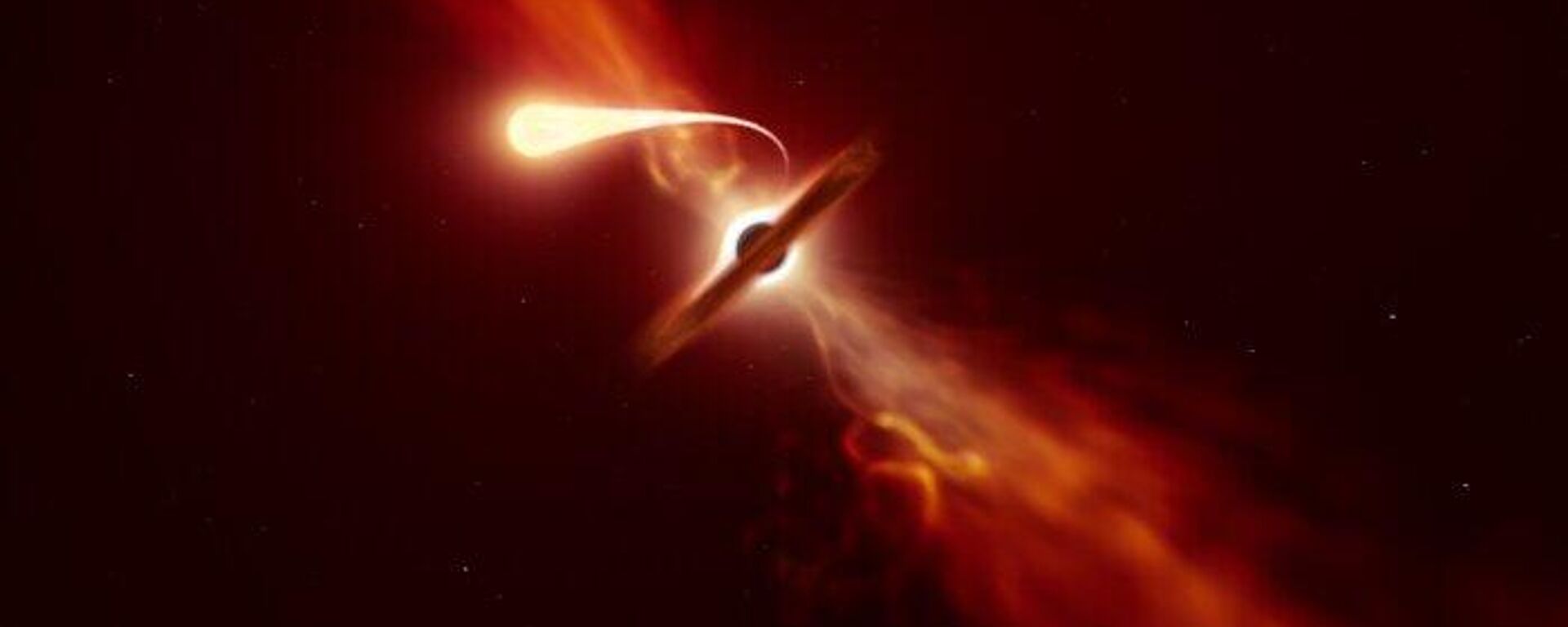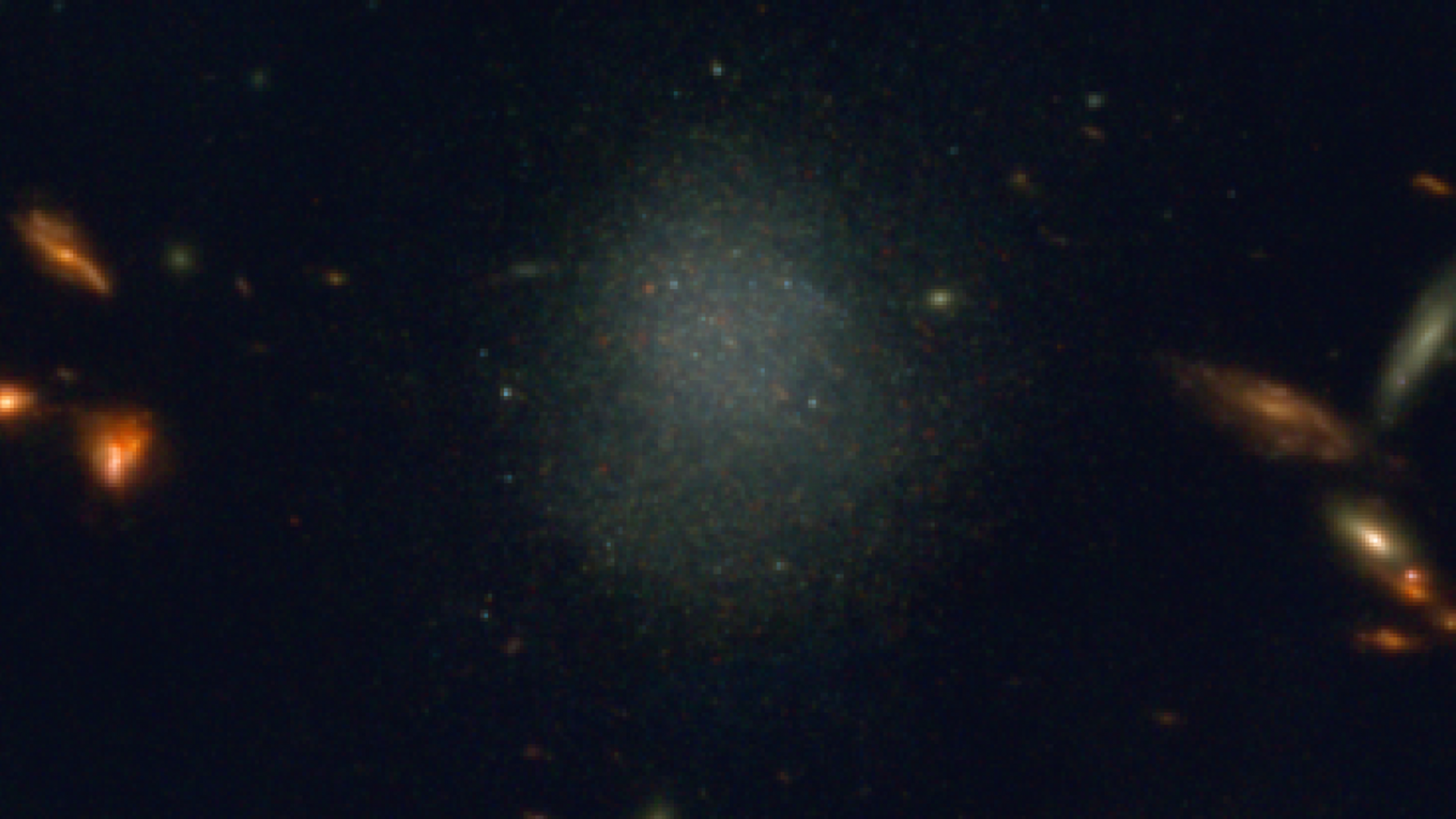https://sputnikglobe.com/20240204/newly-discovered-dwarf-galaxy-upending-conventional-wisdom-1116579344.html
Newly Discovered Dwarf-Galaxy Upending Conventional Wisdom
Newly Discovered Dwarf-Galaxy Upending Conventional Wisdom
Sputnik International
A team of astronomers out of Arizona State University has identified a dwarf galaxy that should not exist with our current understanding of the universe.
2024-02-04T04:46+0000
2024-02-04T04:46+0000
2024-02-04T04:46+0000
beyond politics
james webb space telescope (jwst)
arizona state university
earth
science & tech
galaxy
dwarf galaxy
https://cdn1.img.sputnikglobe.com/img/07e8/02/04/1116579186_0:0:1200:675_1920x0_80_0_0_eeeb42ecb7d6dd2a18543931edec84a2.png
A team of astronomers out of Arizona State University has identified a dwarf galaxy that should not exist with our current understanding of the universe.Identified as PEARLDG in a recently released study, the dwarf galaxy is unique in that it is no longer producing new stars, but it also is not interacting with any larger galaxies.While dwarf galaxies are the most common in the observed universe, they are typically young and continue to produce new stars, or they interact with a larger galaxy, causing a “quenching” of their production.There have been a handful of dwarf galaxies discovered that are no longer producing stars and aren’t interacting with another galaxy, just like PEARLDG, but they remain close to another galaxy and scientists have largely assumed they interacted with another galaxy recently and that halted their star production.According to the study, PEARLDG is unique because it is not as close to another galaxy, implying that either an internal factor caused it to stop producing stars or it interacted with another galaxy at a “very high velocity” sometime in the past.Even PEARLDG’s discovery was unique. Described as “serendipitous” in the study, it was picked up by the James Webb Space Telescope but wasn’t the primary objective when the images were captured. Amazingly, the images did allow researchers to study individual stars inside the galaxy, and use that to determine its distance from Earth: about 98 million light-years.After discovering PEARLDG, the researchers observed it further using the DeVeny long-slit optical spectrograph on the Lowell Discovery Telescope in the Coconino National Forest in Arizona.
https://sputnikglobe.com/20240131/black-holes-particle-accelerator-propels-earths-high-speed-cosmic-rays-1116510505.html
earth
Sputnik International
feedback@sputniknews.com
+74956456601
MIA „Rossiya Segodnya“
2024
News
en_EN
Sputnik International
feedback@sputniknews.com
+74956456601
MIA „Rossiya Segodnya“
Sputnik International
feedback@sputniknews.com
+74956456601
MIA „Rossiya Segodnya“
pearldg, unique dwarf galaxy, how are galaxies formed, do galaxies stop making stars
pearldg, unique dwarf galaxy, how are galaxies formed, do galaxies stop making stars
Newly Discovered Dwarf-Galaxy Upending Conventional Wisdom
Dwarf galaxies, classified as a galaxy with less than 100 billion stars. Our Milky Way has more than 200 billion stars and the largest galaxies can have more than 100 trillion stars.
A team of astronomers out of Arizona State University has identified a dwarf galaxy that should not exist with our current understanding of the universe.
Identified as PEARLDG in a
recently released study, the dwarf galaxy is unique in that it is no longer producing new stars, but it also is not interacting with any larger galaxies.
While dwarf galaxies are the most common in the observed universe, they are typically young and continue to produce new stars, or they interact with a larger galaxy, causing a “quenching” of their production.

31 January 2024, 17:37 GMT
There have been a handful of dwarf galaxies discovered that are no longer producing stars and aren’t interacting with another galaxy, just like PEARLDG, but they remain close to another galaxy and scientists have largely assumed they interacted with another galaxy recently and that halted their star production.
According to the study, PEARLDG is unique because it is not as close to another galaxy, implying that either an internal factor caused it to stop producing stars or it interacted with another galaxy at a “very high velocity” sometime in the past.
Arizona State University Assistant Research Scientist Tim Carleton said that PEARLDG should “not [be] expected to exist given our current understanding of galaxy evolution.”
Even PEARLDG’s discovery was unique. Described as “serendipitous” in the study, it was picked up by the James Webb Space Telescope but wasn’t the primary objective when the images were captured. Amazingly, the images did allow researchers to study individual stars inside the galaxy, and use that to determine its distance from Earth: about 98 million light-years.
After discovering PEARLDG, the researchers observed it further using the DeVeny long-slit optical spectrograph on the Lowell Discovery Telescope in the Coconino National Forest in Arizona.



